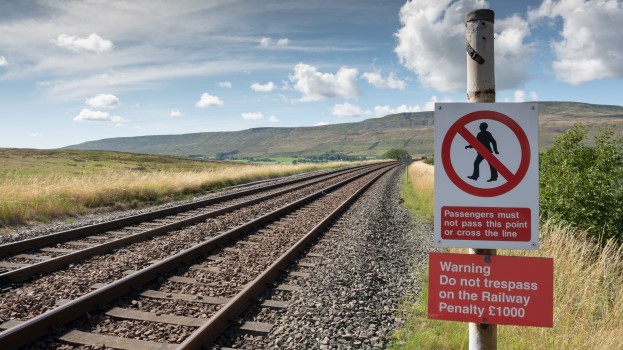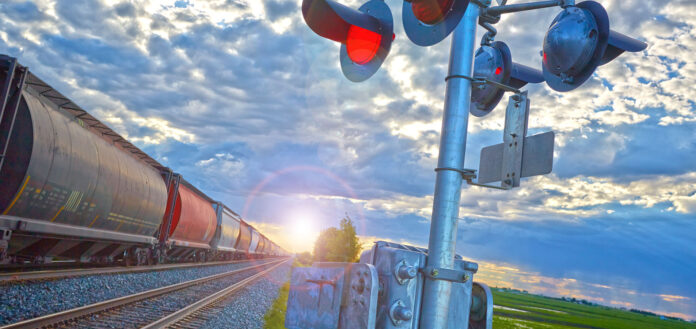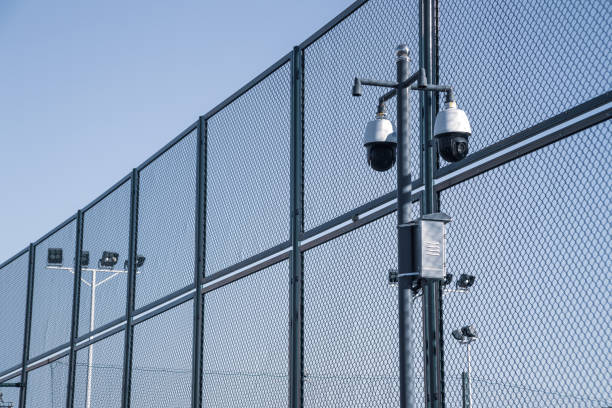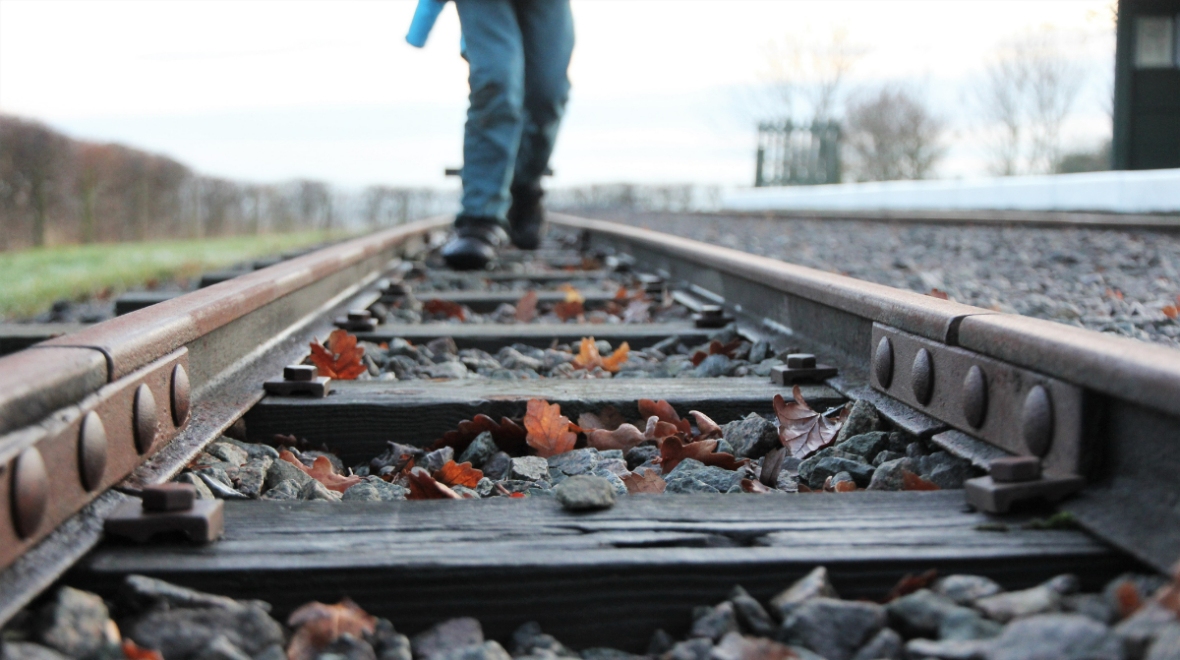Trespassing on railway property is not only illegal, it is also extremely dangerous, but despite numerous warnings, signs, and public safety campaigns, people still risk their lives by walking along tracks, taking shortcuts, or even engaging in thrill-seeking behaviour near trains.
In the UK, railway trespassing is a criminal offence under the Railways and Transport Safety Act 2003, punishable by fines or imprisonment, but why do people trespass on the railway in the first place, and more importantly, what can be done to deter them?
Why People Trespass on the Railway

There are several reasons why people might choose to trespass on railway lines or other railway infrastructure, and understanding these motives is crucial in tackling the issue. Some of the reasons include the following:
- Shortcuts – One of the most common reasons for trespassing is convenience. Some people see railway tracks as a shortcut to get from one place to another, disregarding the potential risks. This is especially true in rural or semi-urban areas where alternative routes may be longer or less accessible.
- Lack of Awareness – Some people may not fully understand the dangers of walking along or crossing railway tracks. Despite widespread education campaigns, there is often a disconnect between awareness and behaviour, especially amongst younger individuals who may not grasp the seriousness of the risks involved.
- Distraction and Misjudgement – Distraction from phones, headphones, and other devices can lead to people wandering onto railway property without realising it. In some cases, people believe they can safely navigate the tracks, misjudging the speed and distance of oncoming trains.
- Thrill-Seeking – A small number of people, particularly young thrill-seekers and urban explorers, regularly engage in trespassing for the adrenaline rush it can provide.These individuals or groups often engage in risky behaviours like taking photographs and videos whilst on tracks or trying to “beat the train,” unaware of how quickly things can go wrong.
Some people even go a step further and partake in “train surfing” – a highly dangerous activity that has led to numerous deaths and significant injuries over the years.
- Mental Health or Substance Influence – In some cases, individuals experiencing mental health crises or those under the influence of alcohol or drugs may wander onto railway property, not fully understanding the danger they’re in. This can sometimes lead to negative outcomes for both those individuals and their loved ones.
The Dangers of Railway Trespassing

Trains are fast, quiet, and much harder to stop than a car. A train traveling at high speed can take up to a mile to come to a complete stop after the brakes are applied.
This means that if a person is on the track, even if the train driver sees them, it may be too late to avoid a collision.
As time goes on and technology improves, trains are becoming increasingly quieter, making the likelihood of not hearing one approach in time even more likely.
Trespassing on the railway is not limited to walking on tracks. Some people also trespass by climbing on stationary train cars, often unaware of the high-voltage power lines above. Regardless of the type of trespass, the results can be deadly.
The Legal Consequences of Railway Trespassing
As previously mentioned, trespassing on railway property is a criminal offence in the United Kingdom. Offenders face a fine of up to £1,000, and in more serious cases, imprisonment.
Railway trespass legislation extends to all railway property, including privately owned railways, ensuring that the same rules apply regardless of ownership.
If you witness someone trespassing on the railway network, you should contact the police immediately. Railway trespassing poses a risk not only to the trespasser but also to train drivers and passengers. Reporting these incidents can help authorities to respond swiftly and potentially prevent a tragedy.
How to Deter Railway Trespassing

Addressing the problem of railway trespassing requires a combination of education, law enforcement, and physical deterrents.
Public safety campaigns, both online and within communities, play a crucial role in spreading awareness about the dangers of trespassing and the legal consequences involved.
However, it’s essential to pair these efforts with practical measures that physically prevent access to railway tracks.
One of the most effective deterrents to railway trespassing is the installation of perimeter fencing. Robust and durable fencing solutions create a physical barrier that prevents people from easily accessing the tracks.
In the UK, Network Rail has stringent safety standards for railway fencing, ensuring that only the most secure solutions are used.
Several of these solutions are available from Lochrin Bain, a leading UK manufacturer offering a range of steel palisade and expanded metal mesh fencing products that are approved by Network Rail. You can find more information on how the company’s products help to secure the nations railways here.
Other physical deterrents include signage, lighting and CCTV, all of which play a key role in helping to prevent people from wandering onto railways – either accidentally or deliberately.
Conclusion
Trespassing on the railway is a serious issue with life-threatening consequences. People may trespass for various reasons, from convenience to thrill-seeking, but the dangers are always there. While education and law enforcement are essential in addressing the issue, physical barriers like fencing also play a crucial role in preventing trespass.
Ultimately, preventing railway trespass is a shared responsibility. By understanding why people trespass and implementing effective deterrents, we can work together to reduce incidents and make railways safer for everyone.







